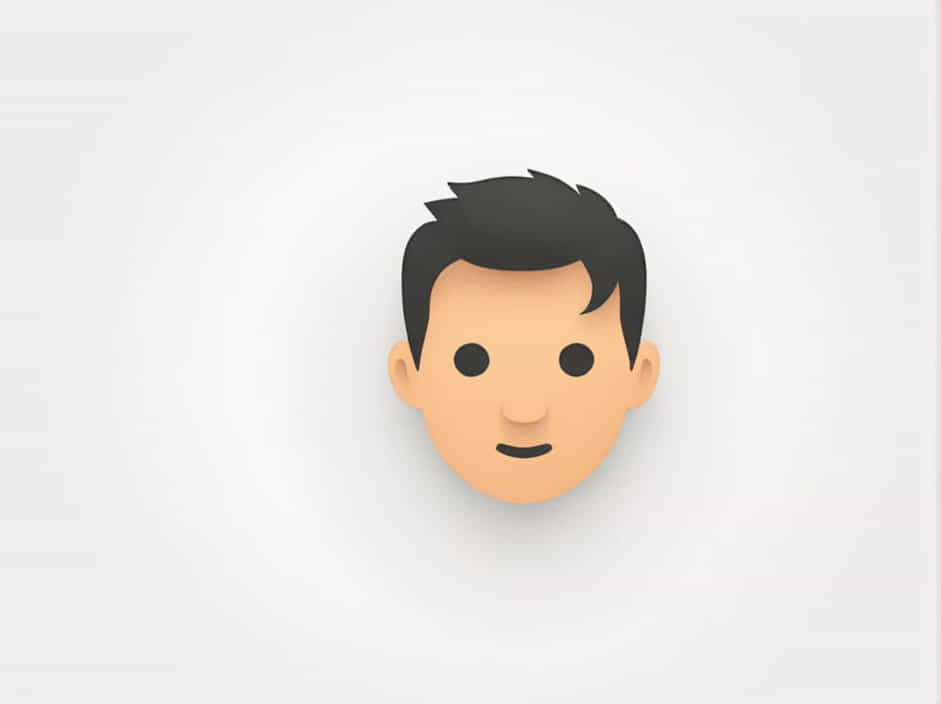Hair follicles play an essential role in hair growth, skin protection, and sensory function. These small yet complex structures are embedded in the dermis (middle layer of the skin) and extend to the epidermis (outer layer). Understanding the function of the hair follicle helps explain how hair grows, why it sheds, and how it contributes to overall skin health.
In this topic, we will explore the structure, function, and significance of hair follicles, as well as their role in temperature regulation, sensation, and wound healing.
What Is a Hair Follicle?
A hair follicle is a tunnel-like structure located in the skin’s dermis, responsible for producing and anchoring hair strands. It consists of different layers and specialized cells that regulate hair growth cycles and renewal.
Basic Structure of a Hair Follicle
A typical hair follicle consists of:
- Hair Bulb – Located at the base, this structure contains dermal papilla cells that supply nutrients to hair.
- Hair Matrix – A layer of actively dividing cells responsible for hair production.
- Sebaceous Gland – Produces sebum (oil) to keep hair and skin moisturized.
- Arrector Pili Muscle – A tiny muscle that contracts to cause goosebumps and regulate body temperature.
- Inner and Outer Root Sheath – Protects the growing hair and helps guide its direction.
Functions of the Hair Follicle
Hair follicles serve multiple functions beyond hair growth. They play a crucial role in temperature regulation, sensation, and skin health.
1. Hair Growth and Regeneration
- Hair follicles continuously produce and renew hair strands throughout a person’s lifetime.
- They go through growth cycles:
- Anagen Phase (Growth Phase) – Lasts 2 to 7 years, during which hair actively grows.
- Catagen Phase (Transition Phase) – Lasts 2 to 3 weeks, where hair growth slows down.
- Telogen Phase (Resting Phase) – Lasts 3 to 4 months, after which hair sheds naturally.
2. Skin and Scalp Protection
- Hair follicles help maintain the skin barrier, preventing dirt, bacteria, and UV rays from damaging the skin.
- Scalp hair protects the head from excessive sun exposure and heat.
- Eyelashes and eyebrows shield the eyes from dust, sweat, and foreign ptopics.
3. Temperature Regulation (Thermoregulation)
- Hair follicles contribute to temperature control by producing hair that traps heat in cold weather.
- The arrector pili muscle contracts, making hair stand up (goosebumps) to reduce heat loss.
- In warm temperatures, the body reduces hair density, allowing for better heat dissipation.
4. Sensory Perception
- Hair follicles are connected to nerve endings, making them highly sensitive to touch and movement.
- This sensory function helps detect insects, wind, and environmental changes, contributing to the body’s defense mechanisms.
5. Sebum Production for Moisturization
- The sebaceous gland inside the follicle produces sebum (natural oil) to keep the hair and skin hydrated.
- Sebum prevents dryness, flaking, and bacterial infections on the skin.
6. Wound Healing and Skin Repair
- Hair follicles contain stem cells that help in tissue regeneration after injury or burns.
- These stem cells contribute to new skin cell formation, speeding up wound healing.
7. Hormonal and Genetic Influence on Hair Growth
- Hormones like testosterone and estrogen influence the size and function of hair follicles.
- Genetics determine hair type, thickness, and growth patterns in different individuals.
Common Hair Follicle Disorders
Hair follicles can be affected by various conditions that impact hair growth and skin health. Some common disorders include:
1. Hair Loss (Alopecia)
- Caused by genetics, hormonal imbalances, stress, or medical conditions.
- Includes androgenetic alopecia (male/female pattern baldness), alopecia areata, and telogen effluvium.
2. Folliculitis (Inflammation of Hair Follicles)
- Leads to redness, itching, and pus-filled bumps due to bacterial or fungal infections.
- Often caused by shaving, sweating, or friction from tight clothing.
3. Ingrown Hairs
- Occurs when hair grows back into the skin, causing pain, irritation, and bumps.
- Common in areas where people shave or wax regularly.
4. Sebaceous Cysts
- Small lumps that develop when the sebaceous gland gets blocked, leading to oil buildup.
- Often harmless but may require medical removal if infected.
How to Maintain Healthy Hair Follicles
To keep hair follicles healthy and functioning properly, consider these tips:
1. Maintain a Balanced Diet
- Eat foods rich in biotin, zinc, iron, and omega-3 fatty acids for strong hair growth.
- Stay hydrated to keep the scalp and hair follicles moisturized.
2. Keep the Scalp Clean
- Use a mild shampoo to remove excess oil, dirt, and product buildup.
- Avoid overwashing, as it can strip the scalp of natural oils, leading to dryness.
3. Massage the Scalp
- Stimulates blood circulation, which nourishes the hair follicles.
- Helps in relaxation and stress reduction, preventing hair loss.
4. Avoid Harsh Chemicals and Heat
- Reduce exposure to harsh hair dyes, bleach, and heat styling tools.
- Use protective hair products before applying heat.
5. Protect Against Sun Damage
- Wear a hat or use UV protection hair products when spending time in the sun.
The hair follicle is a vital structure responsible for hair growth, skin protection, sensation, and temperature regulation. It also plays an essential role in sebum production, wound healing, and immune defense.
By maintaining a healthy lifestyle, proper scalp care, and avoiding harmful treatments, you can support strong and healthy hair follicles. Understanding the function of hair follicles helps in addressing hair and skin-related issues, ensuring better hair growth and scalp health over time.
